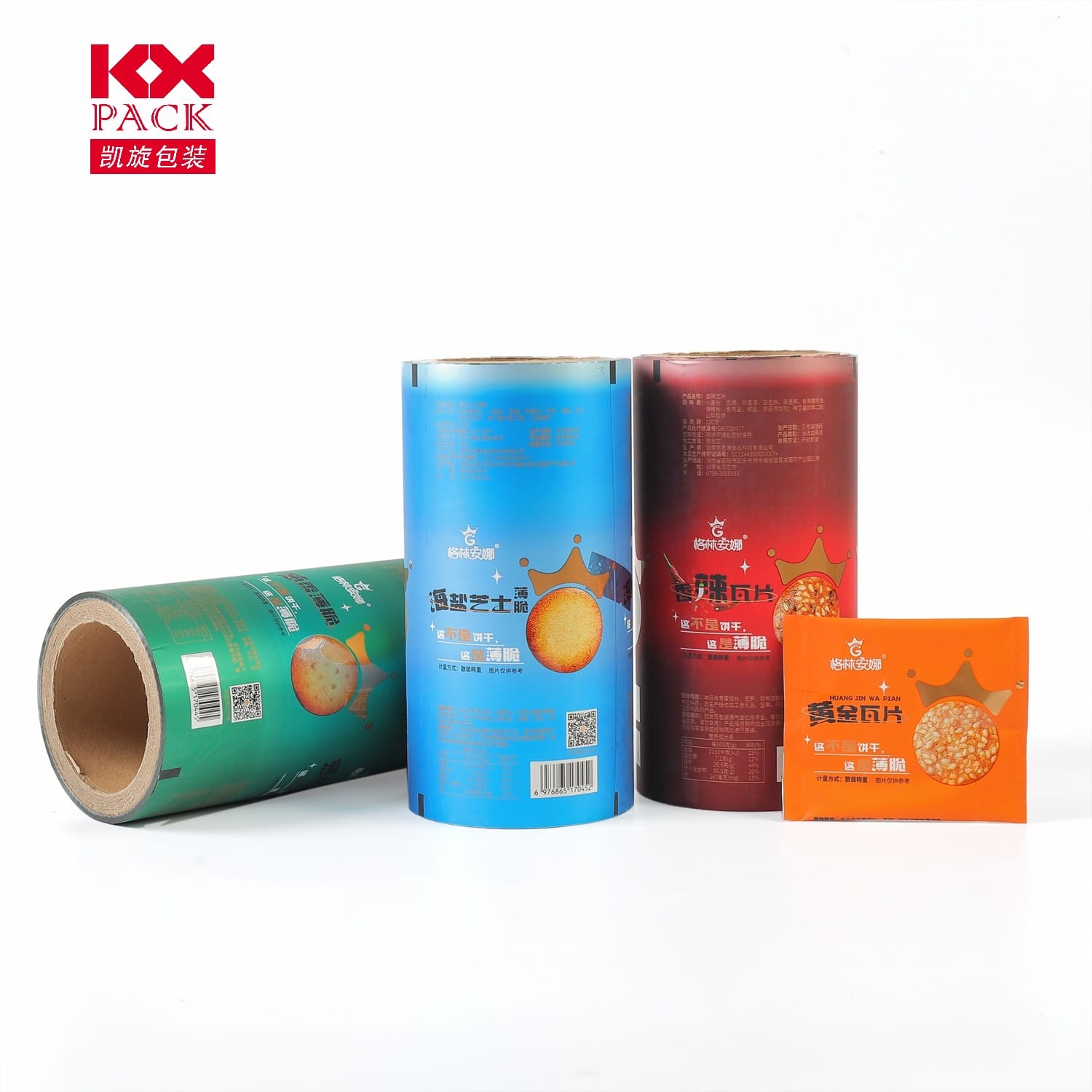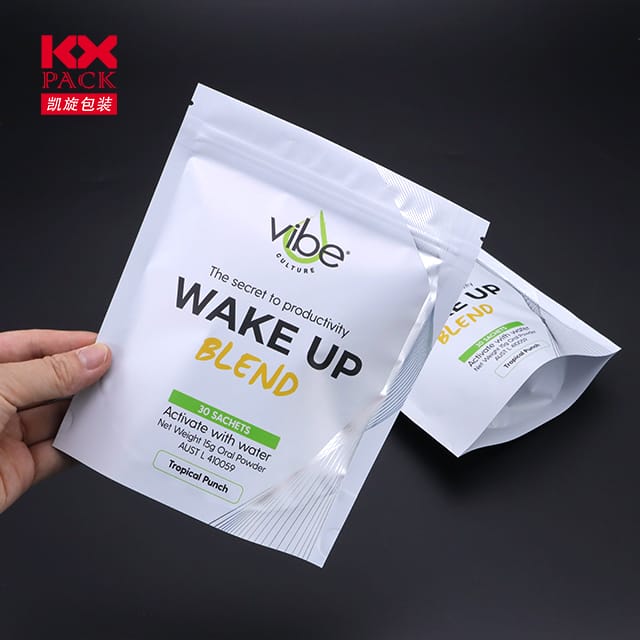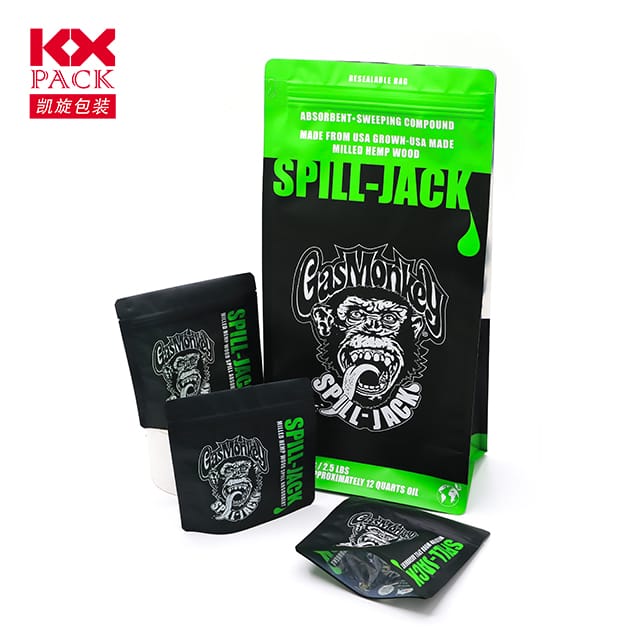Thế Giới Năng Động Của Phim Cuộn Nhựa: Sự đổi mới, Ứng dụng, và tính bền vững
Phim cuộn nhựa
Màng cuộn nhựa, một tấm vật liệu nhựa liên tục được quấn thành cuộn, đã trở thành một thành phần không thể thiếu trong các ngành công nghiệp, từ bao bì thực phẩm đến kỹ thuật hàng không vũ trụ. Tính linh hoạt của nó, hiệu quả chi phí, và khả năng thích ứng với các quy trình tự động đã thúc đẩy thị trường toàn cầu của nó phát triển từ97.11bisẽTôiồcủa2024∗∗tồMộtProjected∗∗158,21 tỷ bởi 2034, tại một5% CAGR. Sự gia tăng này phản ánh nhu cầu ngày càng tăng của người tiêu dùng, Những tiến bộ công nghệ, và sự nhấn mạnh ngày càng tăng vào tính bền vững.
Chất liệu cho mọi nhu cầu: Các loại và thuộc tính
Phim cuộn nhựa không phải là giải pháp chung cho tất cả. Chúng được thiết kế bằng các loại nhựa và quy trình sản xuất cụ thể để đáp ứng các yêu cầu đa dạng:
- Polyetylen (Thể dục) Phim
- Ứng dụng: Bao bì thực phẩm, lớp phủ nông nghiệp, và lót công nghiệp.
- Thuận lợi: Độ bền, chống ẩm, và hiệu quả chi phí. Màng PE chiếm lĩnh thị trường, đặc biệt là trong bao bì linh hoạt, nơi họ chiếm một phần đáng kể.
- Thử thách bền vững: Tuổi thọ của họ, đồng thời có lợi cho việc bảo vệ sản phẩm, gây ra rủi ro môi trường nếu không được tái chế. Những đổi mới như tái chế hóa chất—phân hủy PE thành các đơn phân để tái sử dụng — đang giải quyết vấn đề này bằng cách hỗ trợ các mô hình kinh tế tuần hoàn.
- Polypropylen định hướng biAx (BOPP) Phim
- Ứng dụng: Bao bì đồ ăn nhẹ, nhãn, và gỗ.
- Thuận lợi: Độ rõ cao, sức mạnh, và khả năng chịu nhiệt. Màng BOPP được sử dụng rộng rãi trong bán lẻ nhờ khả năng in ấn và đặc tính chống oxy và độ ẩm.
- Phim co Polyolefin
- Ứng dụng: Thống nhất sản phẩm, trưng bày bán lẻ, và nhiều gói đồ uống.
- Thuận lợi: Vừa vặn khi đun nóng, cung cấp niêm phong chống giả mạo và giảm sử dụng vật liệu so với bao bì cứng.(Phim cuộn nhựa)
- Phim đặc sắc
- Tùy chọn phân hủy sinh học: Được làm từ nhựa thực vật như PLA, những bộ phim này phục vụ cho các thương hiệu có ý thức sinh thái.
- Đùn nhiều lớp: Kết hợp các lớp polyme khác nhau (VÍ DỤ., HOẶC/EVOH) để tăng cường tính chất rào cản cho hàng hóa dễ hư hỏng.
Thúc đẩy chuyển đổi ngành: Xu hướng chính
- Tính bền vững là trọng tâm cốt lõi
- Cơ sở hạ tầng tái chế: Những tiến bộ trong tái chế cơ học và hóa học đang cho phép tái sử dụng các loại phim sau tiêu dùng. Ví dụ, màng đơn chất (VÍ DỤ., túi toàn PE) đơn giản hóa các luồng tái chế.
- Các lựa chọn thay thế dựa trên sinh học: Các công ty đang đầu tư vào nhựa sinh học có nguồn gốc từ mía hoặc tảo để giảm sự phụ thuộc vào nhiên liệu hóa thạch.
- Sự đổi mới, phát triển về công nghệ
- Phim thông minh: Tích hợp cảm biến hoặc mã QR để theo dõi độ tươi trong bao bì thực phẩm.
- Lớp phủ cao: Công nghệ nano đang được sử dụng để tạo ra các thiết bị siêu mỏng, lớp không thấm nước kéo dài thời hạn sử dụng sản phẩm.
- Sự thay đổi thị trường khu vực
- Sự thống trị của Châu Á - Thái Bình Dương: Kế toán cho 40% của thị trường toàn cầu TRONG 2024, các khu vực như Trung Quốc và Ấn Độ đang thúc đẩy nhu cầu về các giải pháp đóng gói giá cả phải chăng.
- Tăng trưởng Bắc Mỹ: Hoa Kỳ. thị trường đang mở rộng do các quy định an toàn thực phẩm nghiêm ngặt và sự bùng nổ thương mại điện tử, ủng hộ sự nhẹ nhàng, màng bảo vệ.
Ứng dụng trong các ngành công nghiệp
- Thức ăn và đồ uống
- Sản phẩm tươi sống: Màng PE với đặc tính khí quyển biến đổi giúp kéo dài thời hạn sử dụng của trái cây và rau quả.
- Đồ ăn nhẹ: Màng BOPP cung cấp bao bì sắc nét cho khoai tây chiên và các loại hạt, trong khi màng co lại bó nhiều gói một cách hiệu quả.
- Y tế và Dược phẩm
- Bao bì vô trùng cho các thiết bị y tế và thuốc dựa vào màng có độ rào cản cao để ngăn ngừa ô nhiễm.
- Nông nghiệp
- Màng phủ điều hòa nhiệt độ và độ ẩm của đất, tăng năng suất cây trồng. Phiên bản phân hủy sinh học đang giảm rác thải nhựa trong trang trại.
- Hàng tiêu dùng
- Đồ điện tử hoặc đồ chơi được bọc co lại giúp giảm hư hỏng khi vận chuyển, trong khi màng BOPP được dán nhãn nâng cao khả năng hiển thị thương hiệu trên kệ.
Con đường phía trước: Cân bằng hiệu suất và hành tinh
Trong khi màng cuộn nhựa cung cấp chức năng chưa từng có, tác động môi trường của họ vẫn là một mối quan tâm. Ngành công nghiệp đang phản ứng với:
- Trách nhiệm mở rộng của nhà sản xuất (EPR): Luật pháp ở EU và Hoa Kỳ. bắt buộc các nhà sản xuất tài trợ cho các chương trình tái chế.
- Giáo dục tiêu dùng: Các thương hiệu đang nhấn mạnh khả năng tái chế và giảm sử dụng nguyên liệu trong các chiến dịch tiếp thị.
- Sáng kiến hợp tác: Các Liên minh chấm dứt rác thải nhựa đoàn kết các công ty đầu tư vào cơ sở hạ tầng quản lý chất thải trên toàn cầu.
Phần kết luận
Màng cuộn nhựa là minh chứng cho sự khéo léo của con người—một loại vật liệu thích ứng với nhu cầu của cuộc sống hiện đại đồng thời phát triển để đáp ứng các mục tiêu bền vững. Khi tiến bộ công nghệ và thực tiễn kinh tế tuần hoàn trở thành xu hướng chủ đạo, tương lai của màng nhựa nằm ở việc cân bằng hiệu suất, trị giá, và quản lý môi trường. Đối với cả doanh nghiệp và người tiêu dùng, chọn phim phù hợp có nghĩa là không chỉ xem xét những gì nó bảo vệ, nhưng cách nó bảo vệ hành tinh.
Khám phá các khả năng của màng cuộn nhựa trong ngành của bạn—và tham gia phong trào hướng tới thông minh hơn, giải pháp bao bì xanh hơn.







